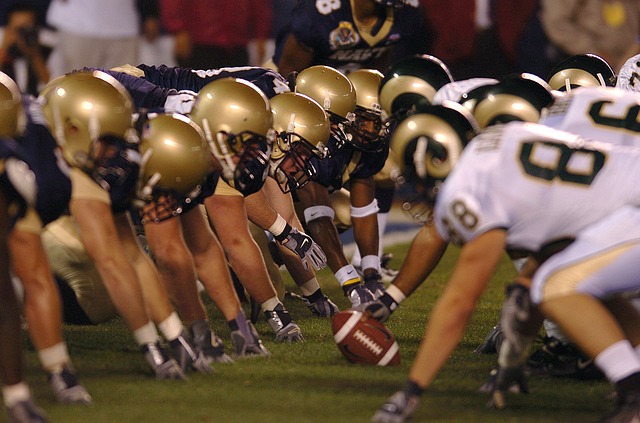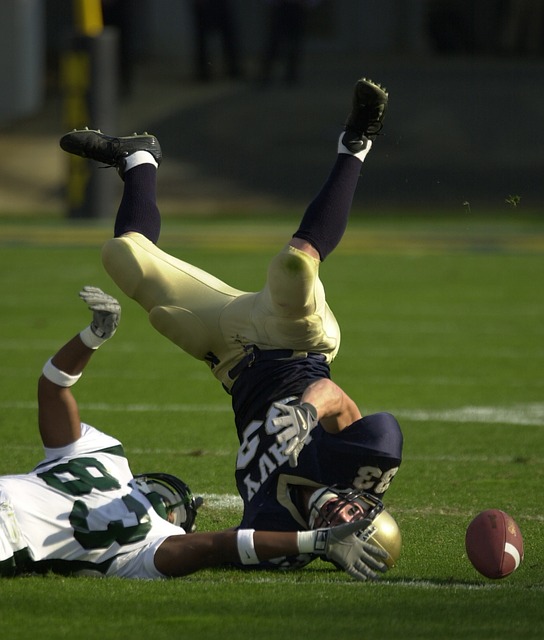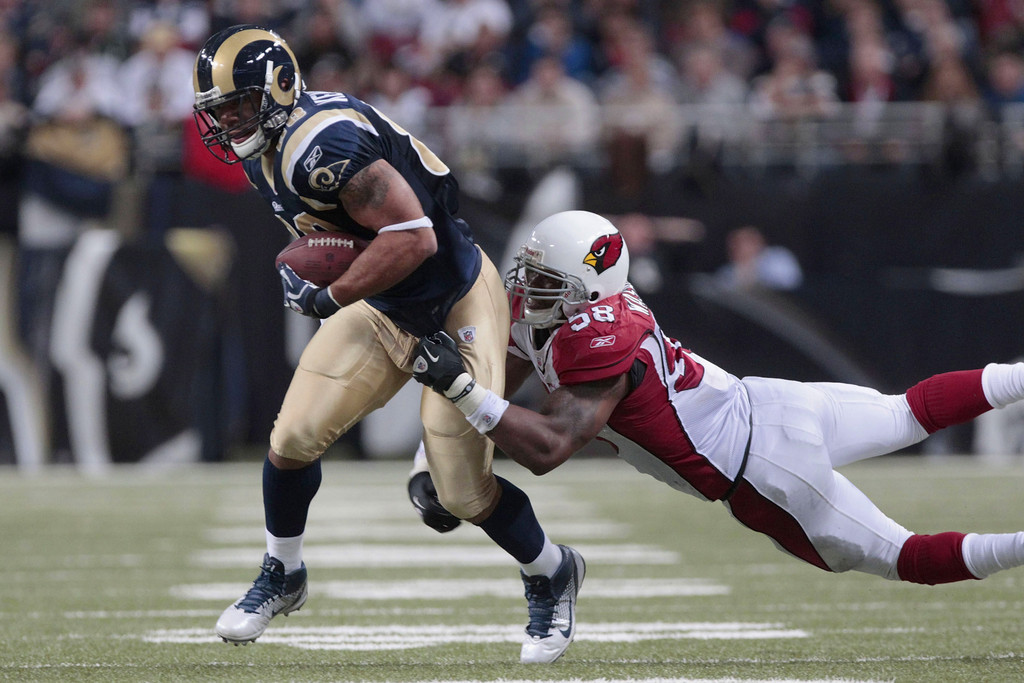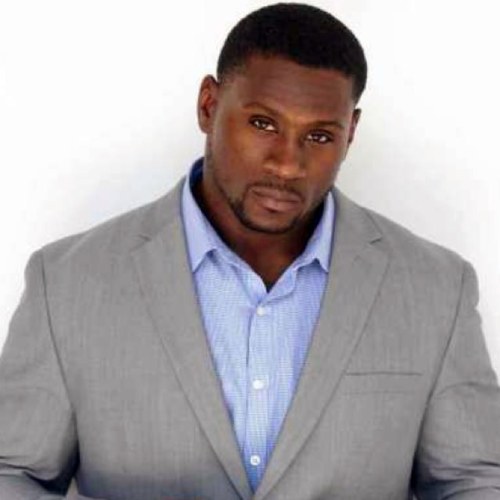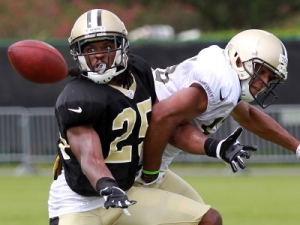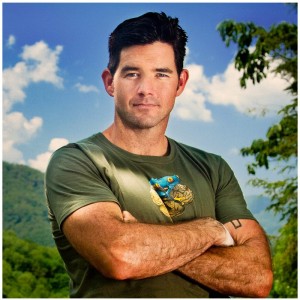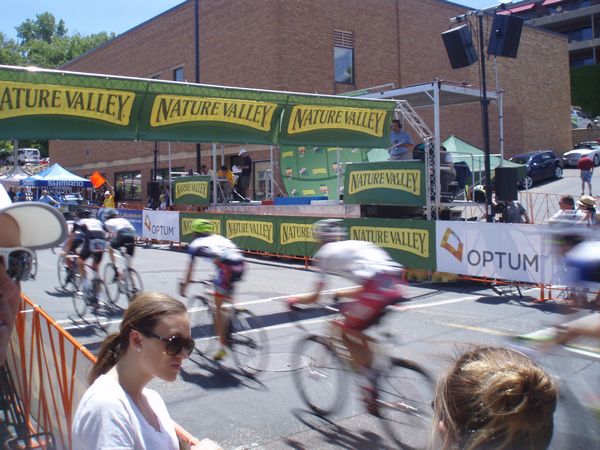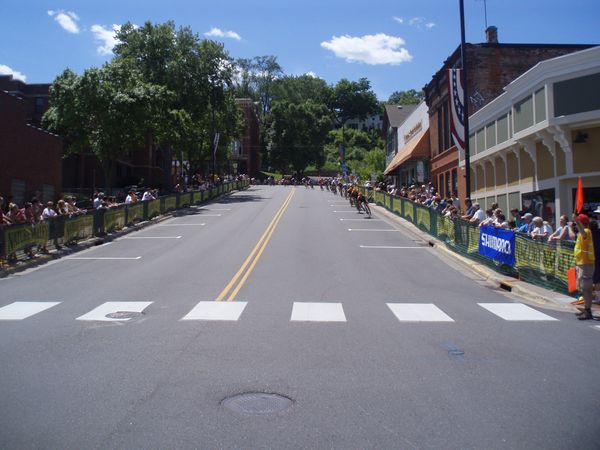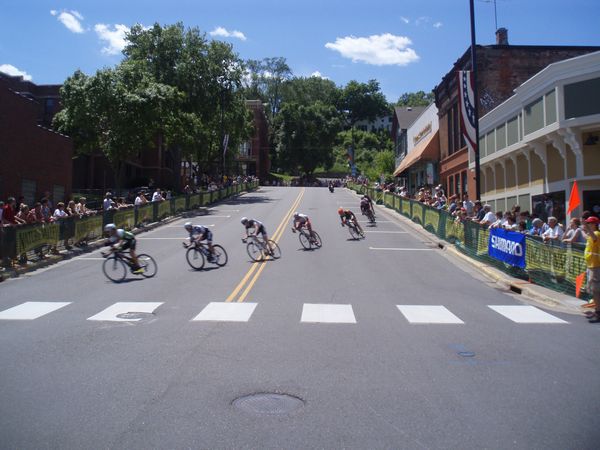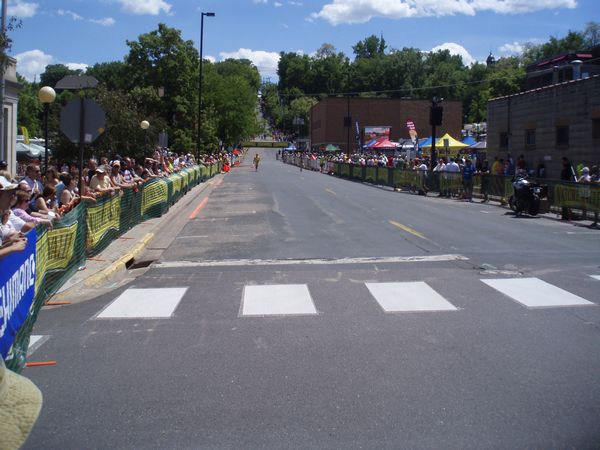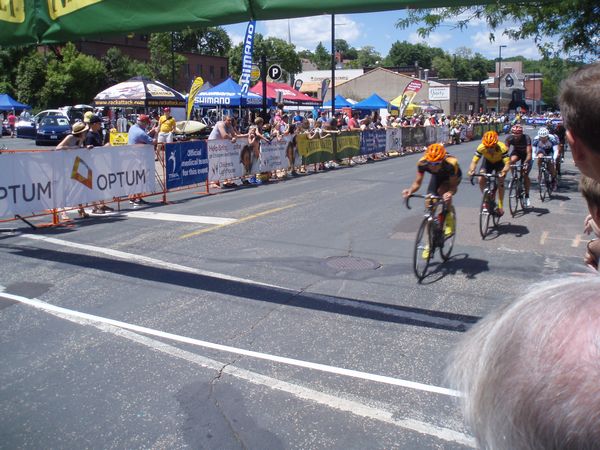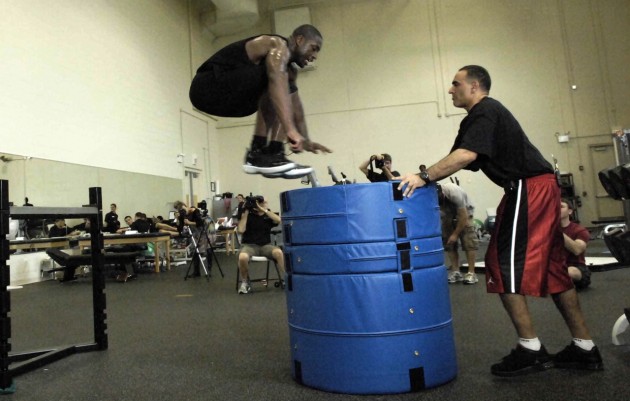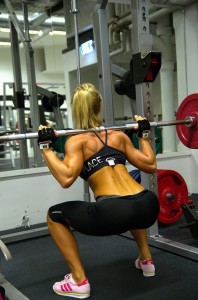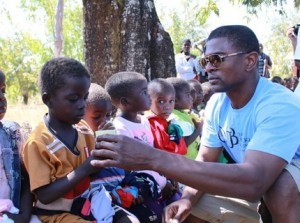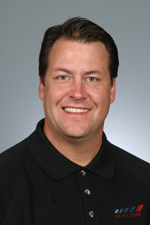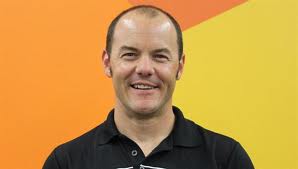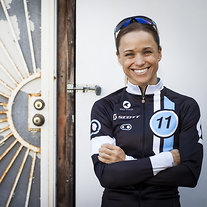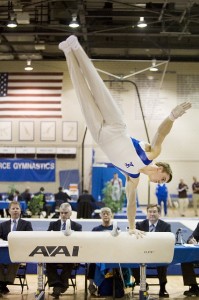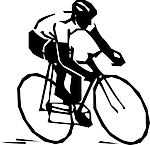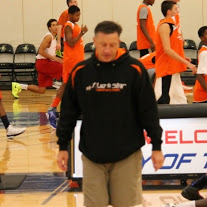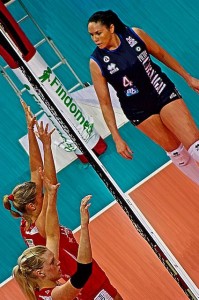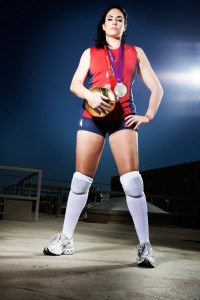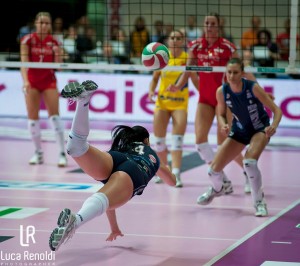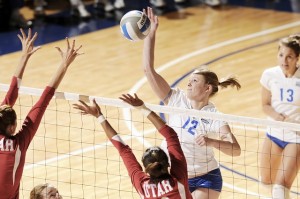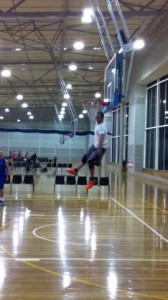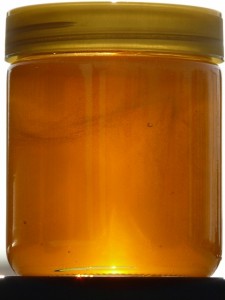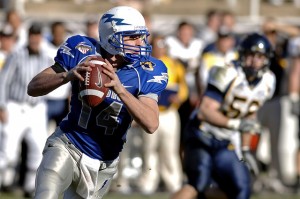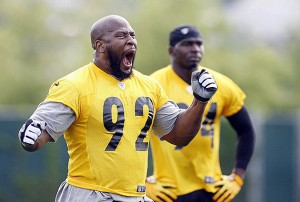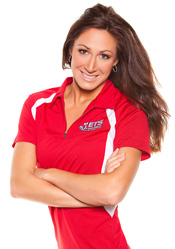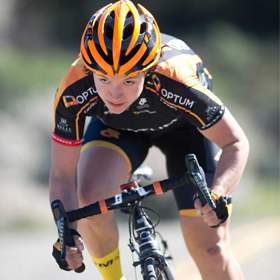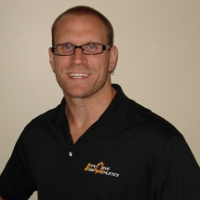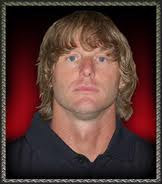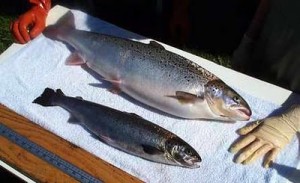The Role of Central Nervous System in Life and Sport
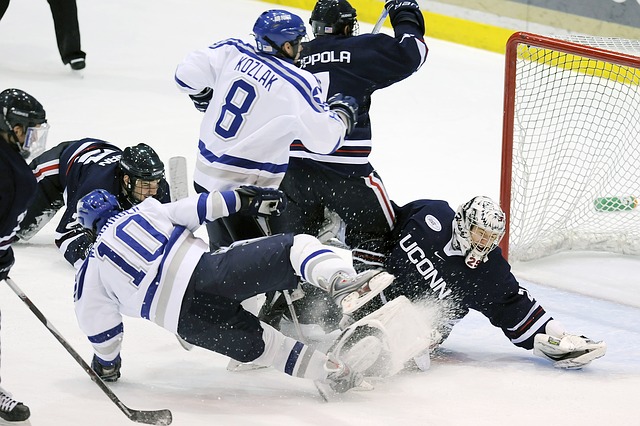
Could you perform at a higher level both mentally and physically by eating processed foods? False. Could you have a greater result from your training by not touching cash register receipts? True.
Why do we care, when we are talking about the central nervous system and improving athletic performance?
Answer: If you don’t take care of the foundational parts of your central nervous system, it will not work with the efficiency that it was created. The house built on the wrong foundation will not stand. The work capacity you are looking to build and the time you put into improving at sport will be futile and useless because your body will break down eventually. There have been numerous prominent doctors talking about the affects of the food, air and water on the central nervous system, more specifically the brain, of young people and ultimately, their performance in life and sport.
Today we are taking a look at some general areas that force our central nervous system to not perform at maximum efficiency and clarity. If you would like to learn how to focus your thoughts without feeling like you are in a fog, stop getting headaches after you eat, have more energy when you workout or maximum restoration from my workouts. These are only of few of the things we will be covering on the show and are occurring at a cellular level in your entire body.
Here are the basic components of brain care that should be addressed. Dr. Russell Blaylock, known as the foremost authority on excitotoxins such as MSG and aspartame. Dr. Blaylock is the author of “Excitotoxins: The Taste that Kills.”
The quality of our food, water and the environment will cause long term negative result by not paying attention to these factors. For additional information from Dr. Blaylock, listen to the complete interview with Mike Adams of Natural News.
A second opinion comes from Dr. Mercola, renowned TV host and author, on the same subject of excitotoxins, such as aspartame.
A third source for information would be the Paleo Diet for Athletes by Dr. Loren Cordain and Joel Friel. They cover complete details numerous other threats to your long term heath and performance.
During the second part of our show, we will address the subject of BPA or bisphenal A in the things we touch and use to in our life on a daily basis. Here is an post related to the use of BPA on cash register receipts at major retailers. BPA was thought to be only a problem for microwaving baby formula and causing problems with the young children. The central nervous system is adversely affected BPA. The endocrine system not producing the proper balance of testosterone, estrogen and growth hormone will cause your brain to be confused who you really are as a person, inhibiting your ability to think high quality thoughts. change how your body responds to workouts and at some levels, will change who you are as a person.
Testosterone and Estrogen levels in athletes based on BPA, excitotoxins like MSG and aspartame, and other environmental concerns are building blocks to receiving the benefits of your training.
Some common causes of Low T (low testosterone) include mineral deficiencies, and especially a lack of zinc; excess stress, which is often associated with raised cortisol production and lowered DHEA levels; too much exercise and weight training without enough rest; head or gonadal trauma; exposure to estrogens in the environment and from bad food; and accumulation of visceral, or belly, fat, and corresponding insulin resistance.” Natural News
And then the opposite, BPA and male hormones and estrogen The question would be is what is your estrogen level balance.
For the complete show, tune in to Central Nervous System on The McCarthy Project Talk Show.
Now that the foundation has been built, next week The McCarthy Project will look at how to develop the central nervous system for improved performance on the field or court.

